10 Common Diseases Caused by Junk Food
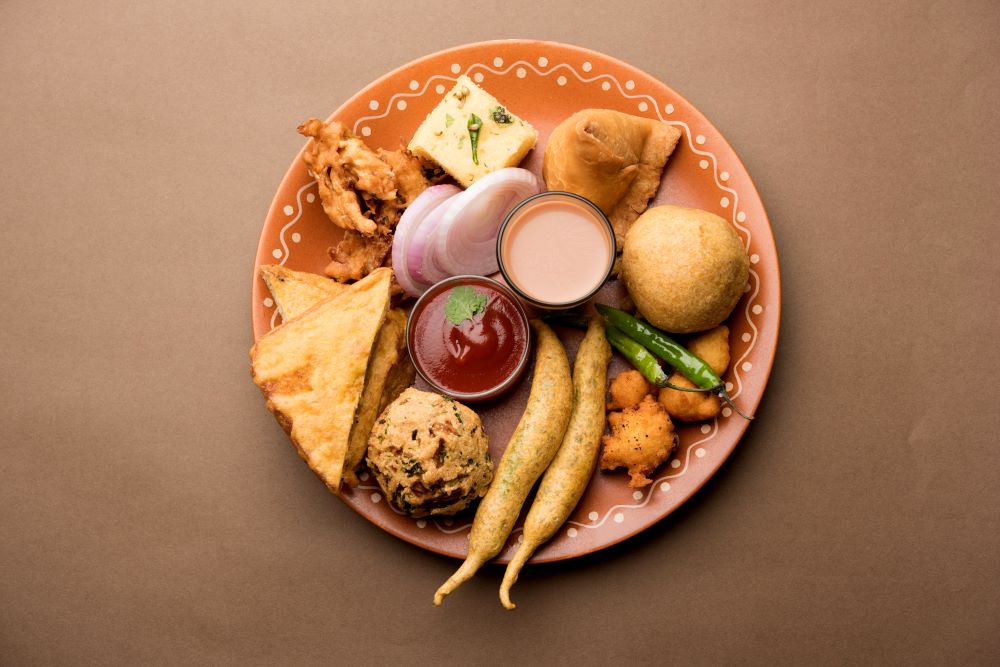
Grabbing a snack while you are on the way to work is the new breakfast trend. This might be quick but not effective at all. The addictive taste of junk food is what draws most people towards it.
However, people ignore the adverse effects of junk foods. There are several diseases caused by eating junk foods. Some of which include obesity and several chronic diseases like type 2 diseases, cardiovascular disease, certain cancers and many more.

Table of Contents

What is Junk Food?
Foods heavy in calories from sugar and/or fat but low in protein, fibre, vitamins, and minerals are junk food. Certain foods have a high-calorie content, bad fat, sugar, and salt content, but little nutritional benefit. Foods heavy in meat and high in protein can sometimes be called "junk food." For example, they contain too much unhealthy fat in their preparation.
Candy, fried chicken, and hamburgers are a few types of junk food. Most junk food is also fast food, and the majority of fast food falls into this category. A diet high in junk food is thought to harm health. In numerous nations, obesity has led to limitations on sales and promotions and public health awareness programs.
10 Harmful Diseases Caused by Junk Food
Excessive consumption of junk food can lead to many serious health issues, as its high levels of unhealthy fats, sugars, and sodium significantly impact various bodily systems. There are several diseases caused by junk food. Some of these are:
1. Atherosclerosis
Junk foods contain a large number of saturated fats and cholesterol. These substances get accumulated in the arteries and are a threat to arterial health. This narrows the space for blood flow, lowering the amount of oxygen that reaches the cells. When the artery walls get damaged, it causes bleeding and blood clots. This condition is called atherosclerosis and can lead to strokes and heart attacks.
2. Hypertension
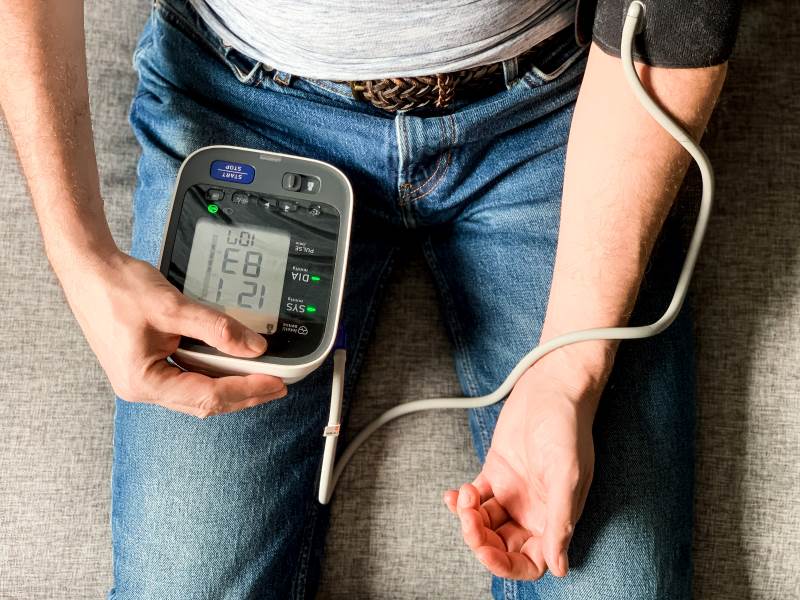
The salt used in the seasoning of junk foods has sodium. An excessive intake of sodium can lead to hypertension or high blood pressure, causing long-term damage to arteries and increase the risk of heart attack and stroke. With high blood pressure comes the risk of atherosclerosis and heart disease. Some junk foods with high sodium content are –
- Burgers
- Tacos
- French fries
- Hot fruit pies
- Fried shrimp
3. Type 2 Diabetes

Overeating junk food can make an individual obese or overweight. These conditions can further lead to type 2 diabetes and decreased insulin resistance, eye damage, skin conditions, slow healing, hearing impairment, sleep apnea, and dementia. Poor diet choices can lead to poor glycemic control, making diabetes management more challenging.
4. Cancer

Again, junk foods themselves might not cause cancer, but the conditions arising due to eating excessive junk foods precipitate cancer, with obesity being a significant risk factor for various malignancies. People who are overweight or obese are prone to kidney, colon, gallbladder, and several other types of cancer.
5. Digestive Problems
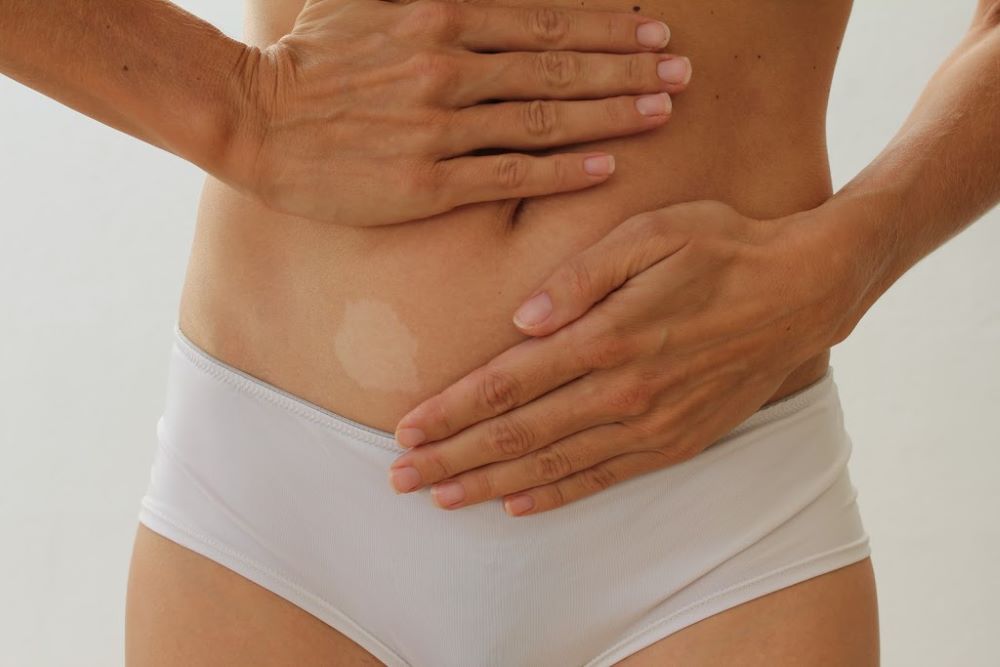
Junk foods are low in fibre and can cause constipation and, in some cases, other gastrointestinal disorders. A high intake of processed foods can compromise healthy gut flora and thereby lead to gut disturbances. In the long run, if digestion issues persist, they can negatively influence nutrient absorption and gut health.
6. Mental Health Issues

Research correlates junk food with mental illnesses such as depression and anxiety. High contents of sugar and unsaturated trans-fatty acids adversely affect the functions of the brain and mood influences. Poor dietary habits may likely lead to an imbalance in neurotransmitters, thus deteriorating the mental health status.
7. Weakened Immune System
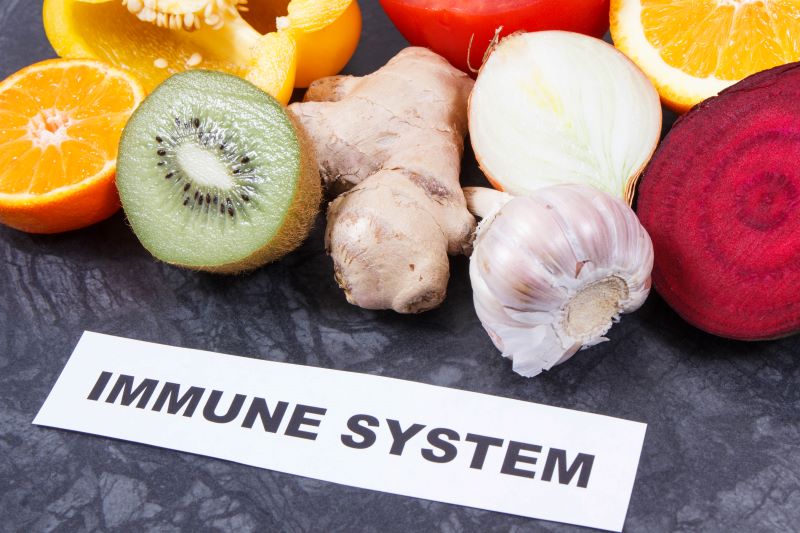
Unhealthy nutrition damages the immune system. Nutrient deficiencies result in poor body resistance to infections or other diseases. An impaired immune system could make the body more prone to infections. Additionally, it is known for usually slowing down during disease recovery.
8. Poor Skin Health
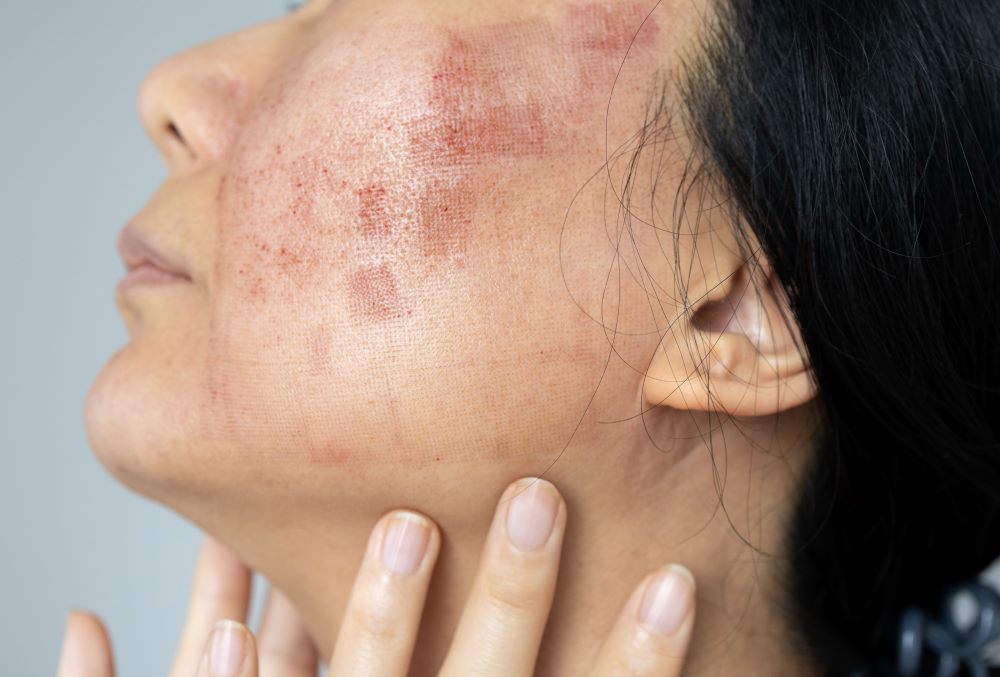
A diet high in sugar and unhealthy fats can contribute to dermatological conditions like acne, mild premature ageing, and other conditions that affect not only the physical appearance but also the quality of life. A high consumption of junk food results in outbreaks of acne and other skin issues caused by internal hormonal imbalances.
9. Reduced Bone Health
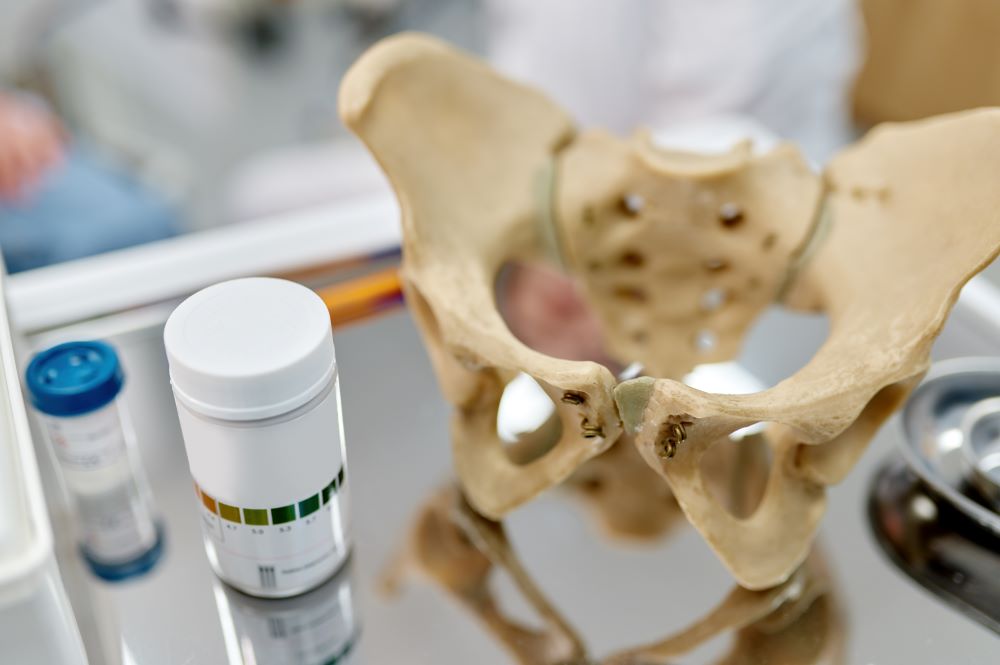
Junk foods are high in empty calories and can be deficient in nutrients required by the body, like calcium and vitamin D. Insufficient amounts of these nutrients can lead to decreased bone strength and low bone mass, making bones susceptible to osteoporosis. Prolonged inadequacy of bone-building components results in porous, brittle bones, paving the way for easy bone fractures.
10. Sleep Disorders

The high sugar and caffeine content in some types of junk food can unbalance normal sleep patterns, leading to poor quality or frequent sleep disorders. Sleep disturbances, particularly recurring, alter the general state of health, including cognitive functioning and mood stabilisation.
What Are the Junk Foods That Cause Diseases?

Indians love junk food and can have them every day as a snack. Here is the list of the top 18 junk foods in India that cause diseases:
What Are the Harmful Effects of Disease Caused by Junk Food?
Junk foods contain fast, unhealthy fats, added sugars, and salt. Consuming these over a long period leads to serious health problems, including heart disease, type 2 diabetes, and digestive disorders. The absence of vital nutrients in such products may often lead to deficiencies, impacting the health of bones and teeth, cognitive function, and immune strength.
Junk foods may cause mental problems, particularly in terms of mood swings, which may result in depression and increase obesity, consequently elevating further health problems, including joint problems and sleeping disorders. Such effects establish a need for a healthy diet to avoid suffering from various chronic diseases for proper well-being.
Signs and Symptoms of Diseases Caused by Junk Food
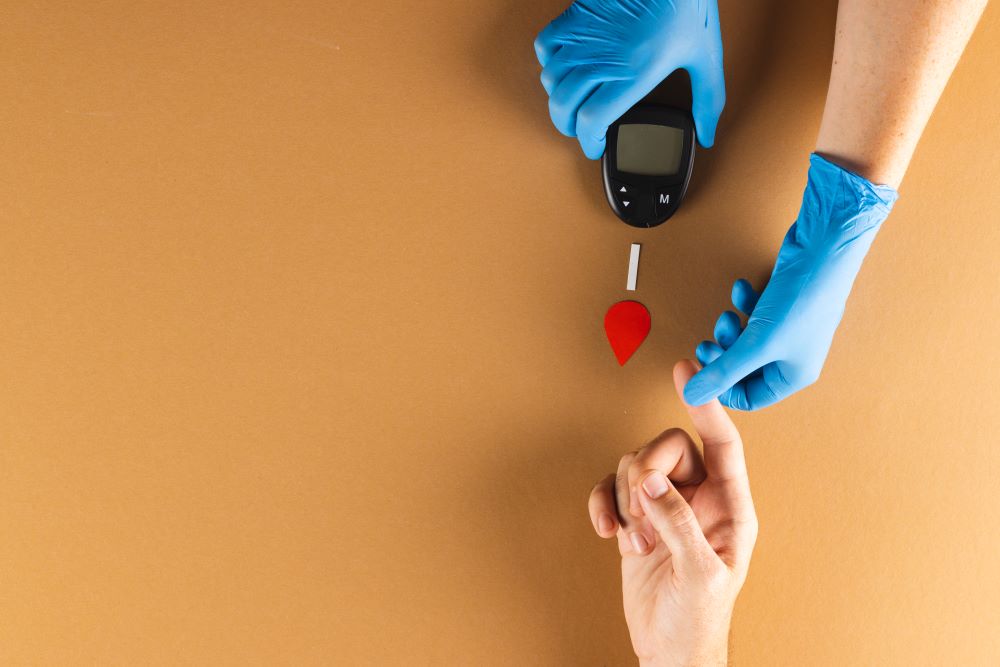
These signs and symptoms differ from one health condition to another, based on the diet. Generally, the intake of junk food regularly invites a host of health issues, such as:
- Obesity: Junk food is full of calories, sugars, and unhealthy fats, so it adds pounds and brings about obesity. This extra load of weight is a forerunner for many chronic conditions.
- Type 2 Diabetes: When too much sugar and refined carbohydrates are consumed, the body resists insulin, thereby predisposing one to diabetes. This can immobilise the body's ability to regulate blood sugar levels over time.
- Cardiovascular Diseases: When too much saturated and trans-fatty acids are taken in, they cause one to be at risk of heart diseases and blood pressure since this will accumulate in the arteries, causing heart attacks and strokes.
- Digestive Problems: bLow fibre content can result in constipation, among other digestion problems. The absence of dietary fibre causes abnormalities in bowel movement, resulting in discomfort and disorders in the gastro-intestines.
- Problems with Teeth: High sugar content may result in tooth decay and gum diseases. Sugar consumption feeds some bad bacteria in the mouth, which produce acids responsible for eroding tooth enamel and inflamed gums.
- Fatigue: Junk foods cause low energy and fatigue. The body finds it hard to sustain normal energy and health without consuming essential vitamins and minerals. They make a person slow after consumption.
- Mood Swings: The high amounts of sugar and unhealthy fats raise and lower blood sugar levels, hence affecting the mood and leading to mental problems such as depression, anxiety, and brain function.
- Skin Issues: Eating a lousy diet can lead to acne and other skin problems. Lack of vitamins and excess sugar may also pose problems for skin conditions, which can become inflamed and break out.
Risk Factors Associated With Diseases Caused by Junk Food
Dietary changes must be combined with increased physical activity and sometimes medical intervention, all tailored to individual health needs and circumstances, in treating risk factors. Some common risk factors are contained in the table that follows:
How to Diagnose Diseases Caused by Junk Food?
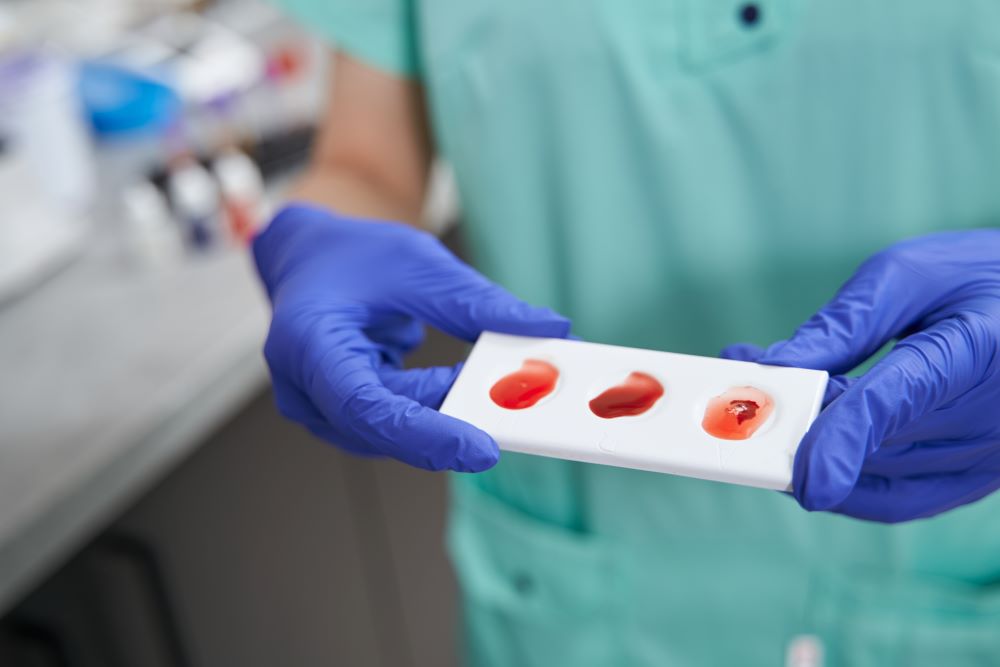
Diagnosing diseases caused by junk food involves a combination of medical history, physical examinations, and diagnostic tests. Here’s how healthcare providers approach the diagnosis:
Treatment Methods for Diseases Caused by Junk Food

Treatment methods for diseases caused by junk food focus on lifestyle changes, medical management, and sometimes surgical interventions. Here’s a detailed overview:
Effective treatment usually involves a multidisciplinary approach, integrating dietary changes, physical activity, medical management, and psychological support to address junk food's health impacts comprehensively.
What Are the Preventive Measures to Control Disease Caused by Junk Food?
Implementing these measures can help you maintain a balanced diet and reduce the risk of health issues associated with junk food. Several preventive measures can help you avoid the diseases caused by eating junk food. Some of the ways are:
Does Health Insurance Cover Disease Caused by Junk Food?
Health insurance coverage of diseases that emerge from junk food varies by ailment and plan. Most plans cover chronic conditions such as type 2 diabetes and cardiovascular diseases, the cost of medications, and tests required to be taken. Plans might treat treatments related to obesity differently, which may include weight management programs or bariatric surgery.
This might involve preventive care, including screenings for cholesterol and blood sugar, nutrition counselling if medically necessary or ordered by your doctor, and coverage of treatments related to lifestyle changes, such as behavioural therapy or exercise programs. Check specific plan details or consult with an insurance representative about what is covered.
Maintaining a healthy diet is crucial for overall well-being. However, controlling the consumption of junk foods is psychological, as our brains are wired to the good taste of junk foods. Following the steps mentioned above will help you avoid fast food. This will cut down the risks of diseases caused by eating junk food. By cultivating mindful eating habits, we can better manage our cravings and promote long-term health.














